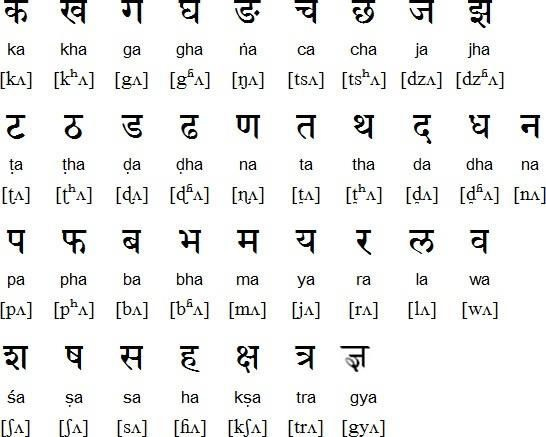
 Data Structure
Data Structure Networking
Networking RDBMS
RDBMS Operating System
Operating System Java
Java MS Excel
MS Excel iOS
iOS HTML
HTML CSS
CSS Android
Android Python
Python C Programming
C Programming C++
C++ C#
C# MongoDB
MongoDB MySQL
MySQL Javascript
Javascript PHP
PHP
- Selected Reading
- UPSC IAS Exams Notes
- Developer's Best Practices
- Questions and Answers
- Effective Resume Writing
- HR Interview Questions
- Computer Glossary
- Who is Who
What is ISCII Encoding?
The full form of ISCII is Indian Script Code for Information Interchange. It was established as Bureau of Indian Standards in 1991 and it is based on an earlier Indian Standard IS 10401:1982. It is a type of coding scheme for Indian languages.
It is an 8-bit standard where lower 128 characters (0-127) conform to ASCII standard and higher 128 characters (128-255) are used to encode characters from an Indian script.
ISCII encoding strategy is used in Unicode in their encoding. Generally the characters of the Indian language derive from the ancient Brahmi script. Mostly all the characters resemble closely to each other in terms of phonetics.
So, a certain number of common character sets was sufficient for covering a number of Indian languages.
ISCII Supported Languages
The ISCII supports different Indian languages. They are as follows −
Punjabi
Kannada
Devanagari
Assamese
Tamil
Gujarati
Oriya
Telugu
Bengali
Malayalam
Advantages of ISCII Coding Scheme
The advantages are as follows −
ISCII supports a wide variety of Indian languages.
It is easy to understand because the character set that is used here is very simple.
The Indian characters resemble phonetics. So, only a common character set is sufficient for many languages.
Transliteration is quite easy between the languages.
Disadvantages of ISCII Coding Scheme
The disadvantages are as follows −
We need a special keyboard for typing ISCII characters, because a normal keyboard is not common for the ISCII characters.
The Unicode standard of encoding involves the ISCII characters.
Example
Given below is the representation of ISCII coding −


